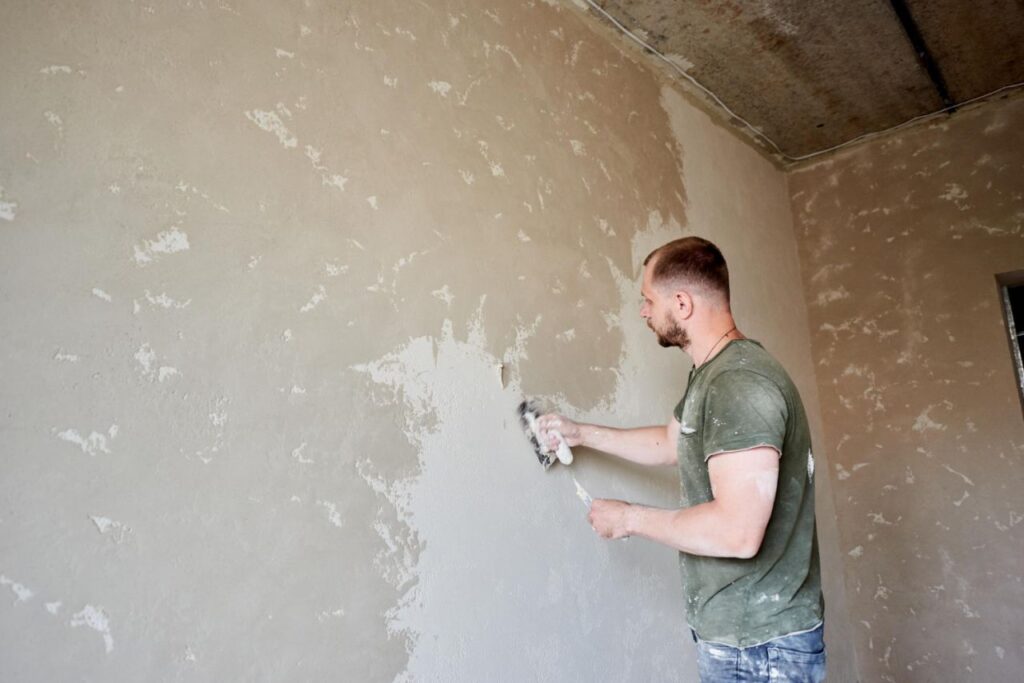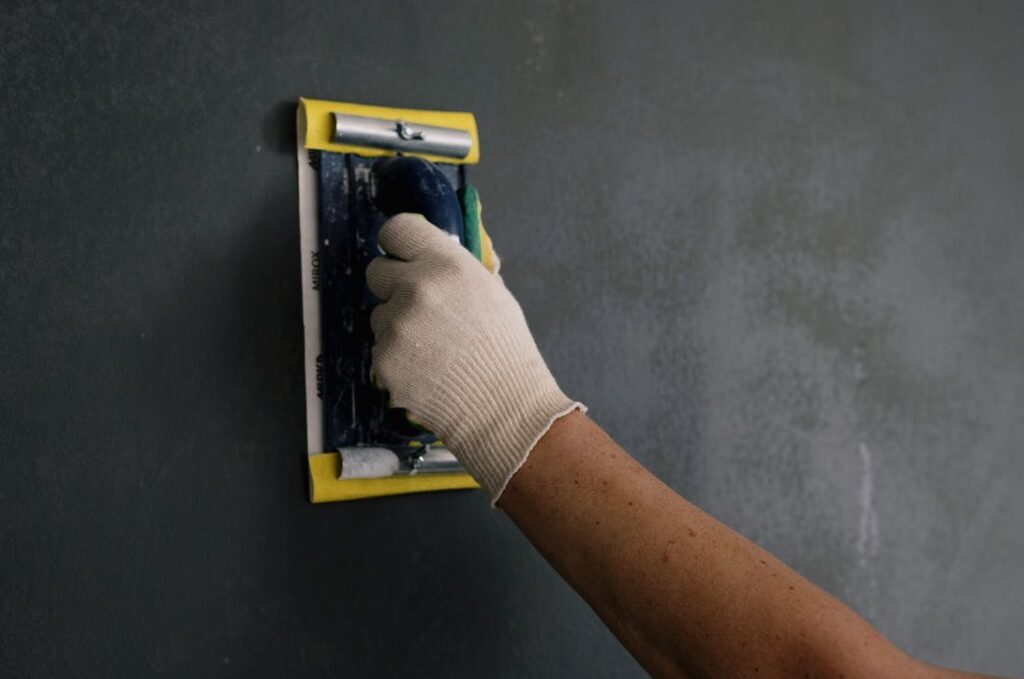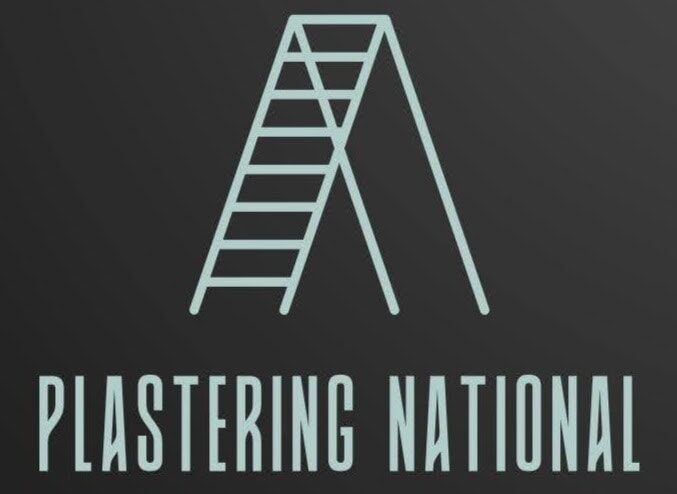Gypsum plaster has become the go-to material for creating smooth, durable surfaces on walls and ceilings. It is popular for its efficiency, ease of use, and aesthetic appeal.
This guide will cover the key aspects of gypsum plastering, including its benefits, the correct application process, and tips for choosing the best materials.
Let’s get straight to the point.
Gypsum plaster is a popular material for creating smooth, durable surfaces on walls and ceilings.
It offers benefits like fire resistance, quick drying, sound insulation, and durability, making it a cost-effective and efficient choice for modern construction.
There are three main application methods: traditional plastering, shot blasting, and dry lining. Each has advantages depending on project size and timelines.
Gypsum plaster sets faster and requires less water than traditional cement plaster, though it’s more expensive and unsuitable for moist areas like bathrooms. Proper storage and mixing techniques ensure the best results.
What Is Gypsum Plastering In Construction?
Gypsum plaster, sourced from sedimentary rocks, is a versatile material that coats uneven surfaces such as masonry walls. Its popularity stems from its ability to enhance buildings’ functionality and appearance.
Gypsum plaster improves resistance to fire, impact, and wear while offering insulation properties. On the aesthetic side, gypsum plaster delivers a refined and smooth finish, making it easier to apply paint or wallpaper.
As a result, it has become a preferred choice for creating high-quality finishes in modern construction projects.
Benefits Of Gypsum Plaster
Gypsum plaster offers several key advantages:
- Fire Resistance: Gypsum is naturally fire-resistant, making it ideal for internal wall applications.
- Durability: It provides a long-lasting, crack-free finish when applied correctly.
- Sound Insulation: Gypsum plaster improves the acoustics of a room by reducing echo and noise transmission.
- Quick Drying: Gypsum plaster sets and dries faster than traditional plaster, allowing for quicker construction timelines.
- Environmentally Friendly: Gypsum is a natural material, and its application requires less water than traditional cement plaster.
Methods For Applying Gypsum Plaster
There are three main methods for applying gypsum plaster, each suited to different project types and scales.
1. Traditional Plastering
Traditional plastering involves manually applying gypsum plaster with a trowel. This method requires skill and experience, as it demands precise application in layers to achieve a smooth, even finish.
While labour-intensive, traditional plastering is highly valued for its fine craftsmanship and attention to detail.
2. Shot Blasting
Shot blasting is a faster alternative to traditional plastering. It involves using a spray cannon to apply a thin mist of gypsum plaster onto the surface.
This method is ideal for larger projects where speed is essential. However, achieving a uniform finish requires a skilled plasterer to level and smooth the surface after spraying.
3. Dry Lining
Dry lining, which uses a hopper gun to apply gypsum plaster, is another efficient method. It is faster than traditional trowel applications and can produce consistent results across large areas.
Dry lining is commonly used in commercial projects where time constraints are strict. As with shot blasting, experienced professionals must ensure an even, high-quality finish.
How To Select The Right Gypsum Plaster?
Choosing the correct gypsum plaster is the key to the success of your project. When selecting plaster, consider the following:
- Smoothness: The plaster should cover imperfections and provide a seamless finish.
- Customisation: Some types of gypsum plaster allow for ornamental or decorative applications.
- Cost-Effectiveness: Gypsum plaster reduces the need for additional materials and labour compared to traditional cement plaster.
- Durability: Gypsum plaster offers protection against water, fire, and heat, making it a long-lasting option.
- Efficiency: It sets quickly, reducing construction time and allowing for faster project completion.
- Lightweight: Its lightweight nature makes it suitable for multi-storey buildings.
- Sound Insulation: Gypsum plaster can improve a room’s acoustics by absorbing sound.
Gypsum Plaster Application Procedure
To get the best results from gypsum plaster, follow these essential guidelines:
1. Prepare The Surface
Before applying gypsum plaster, ensure the surface is free from imperfections like holes, cracks, and seams. A clean, smooth base is critical for achieving a flawless finish and preventing future issues.
2. Mix The Plaster Correctly
When mixing plaster, always add the plaster to water, not the other way around. This helps prevent lumps from forming. Stir the mixture for one to two minutes to achieve a uniform consistency.
3. Use The Right Water Temperature
The water used for mixing should be at room temperature. Hot water can cause the plaster to harden too quickly, while cold water can make mixing difficult.
4. Avoid Overmixing Or Undermixing
Plaster should be mixed within one or two minutes. Overmixing can affect the consistency, while undermixing can cause separation and peeling. Achieving the right balance is key.
5. Clean Equipment Regularly
Ensure all tools and mixing buckets are clean before and after use. Any contamination can affect the quality of the plaster.
Storage Of Gypsum Plaster
Gypsum plaster must be stored properly to maintain its effectiveness. Exposure to moisture weakens plaster and slows down the setting process.
Store gypsum plaster in a dry area to avoid damp conditions, ideally on an elevated surface.
Gypsum plaster generally has a shelf life of three to four months from manufacture.
However, it can last up to six months when stored under controlled conditions.
Advantages Of Gypsum Plaster Over Traditional Plasters
1. No Shrinkage Cracks
Gypsum plaster generates less heat during its chemical reaction, so it’s less likely to develop shrinkage cracks than cement plaster.
2. Lightweight
Gypsum plaster is much lighter than sand cement plaster, making it ideal for structures with cantilever designs or false ceilings. The reduced weight also helps increase a building’s structural durability, especially in earthquake-prone areas.
3. No Curing Time
Unlike traditional cement plaster, gypsum plaster does not require curing, saving water and time.
4. Improved Thermal Efficiency
Gypsum plaster provides excellent thermal insulation, helping to maintain comfortable indoor temperatures with less energy consumption.
5. High Productivity
Since gypsum plaster sets in around 25 to 30 minutes and fully dries within 72 hours, it allows for quicker project completion. In comparison, traditional cement plaster takes 21 days to set and dry properly, especially in multi-storey buildings.
Disadvantages Of Gypsum Plaster
Despite its many advantages, gypsum plaster has some limitations:
- Higher Cost: Gypsum plaster is more expensive than cement plaster when applied at the same thickness.
- Not Suitable for Moist Areas: It is not recommended in wet areas like bathrooms, kitchens, or external walls, as it can absorb moisture.
- Limited Thickness: Gypsum plaster may not be as cost-effective as cement plaster for applications requiring a thicker plaster coat.
The History Of Gypsum Plaster
Gypsum plaster has been used in construction for centuries. The ancient Egyptians used it in the Cheops Pyramid and the Giza pyramids. This long history attests to gypsum’s durability and reliability as a building material.
Conclusion
Gypsum plaster is highly versatile and efficient for creating smooth, durable surfaces.
Whether applied traditionally, via shot blasting, or through dry lining, gypsum plaster is a cost-effective option that saves time and resources.
Its fire resistance, sound insulation, and ability to set quickly make it an excellent choice for modern construction projects.
While gypsum plaster has limitations—such as higher costs and unsuitability for wet environments—it remains a valuable material for internal wall and ceiling applications.
With proper storage and correct application techniques, gypsum plaster provides a long-lasting, smooth, functional, and aesthetically pleasing finish.
FAQs About Plastering
How Is Gypsum Plaster Applied?
Gypsum plaster is mixed with water to form a workable paste, which is then applied in layers onto prepared surfaces using traditional plastering techniques such as floating and troweling.
How Long Does Gypsum Plaster Take To Dry And Cure?
Gypsum plaster typically sets within 20 to 30 minutes and can be finished within a few hours. However, it may take several days to cure and achieve its maximum strength fully.
Can Gypsum Plaster Be Painted Or Finished In Different Ways?
Yes, once fully cured, gypsum plaster can be painted with standard interior paints. It can also be textured or finished using decorative techniques to achieve desired aesthetics.
Are There Any Safety Considerations When Working With Gypsum Plaster?
Gypsum plaster should be handled and applied according to manufacturer instructions to minimise dust inhalation and skin irritation. Proper ventilation and personal protective equipment are recommended during application.
How Do I Ensure The Quality Of Gypsum Plastering Work?
To ensure quality, hire experienced plasterers who are familiar with gypsum plastering techniques and follow industry best practices. Regular inspection and maintenance can help preserve the integrity and appearance of gypsum plaster surfaces.



